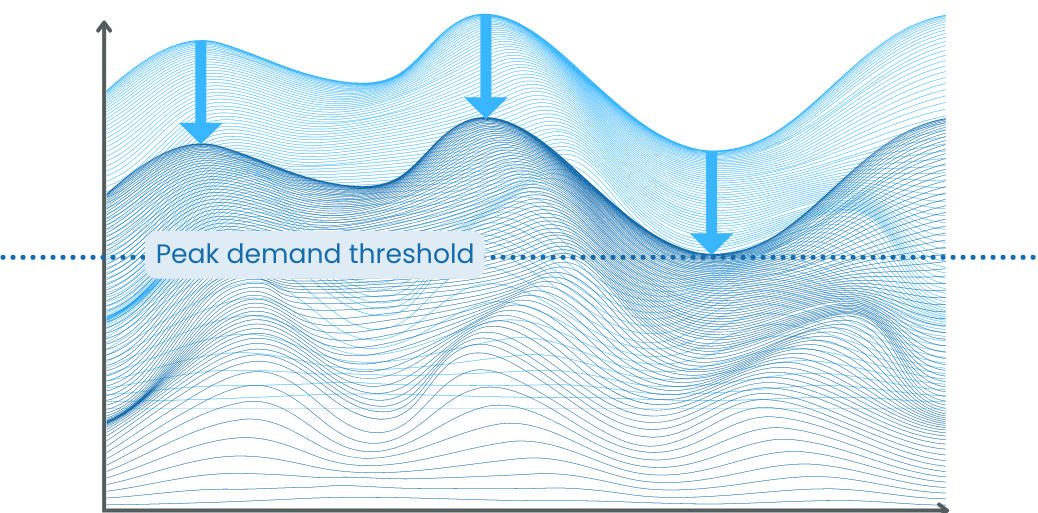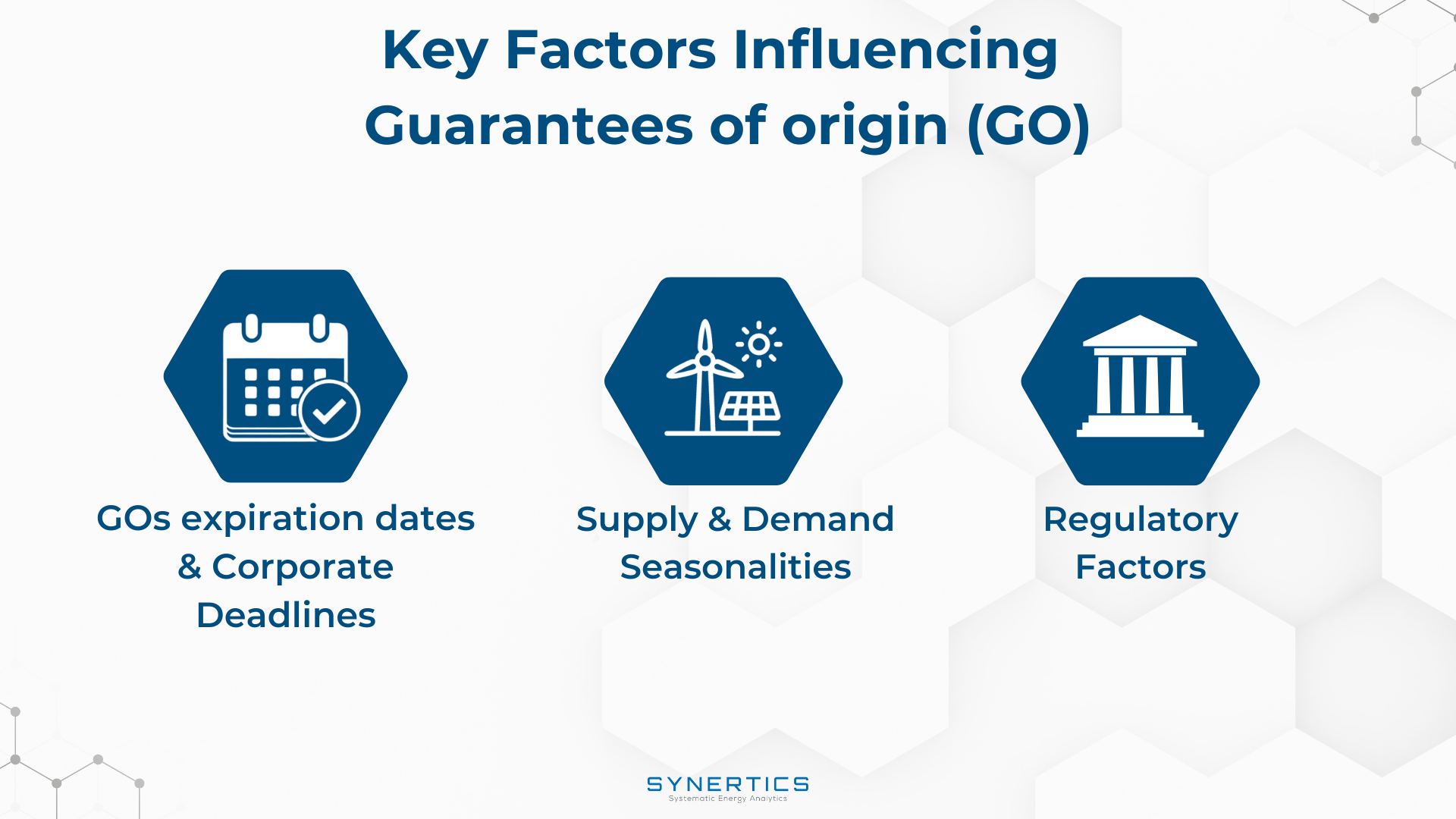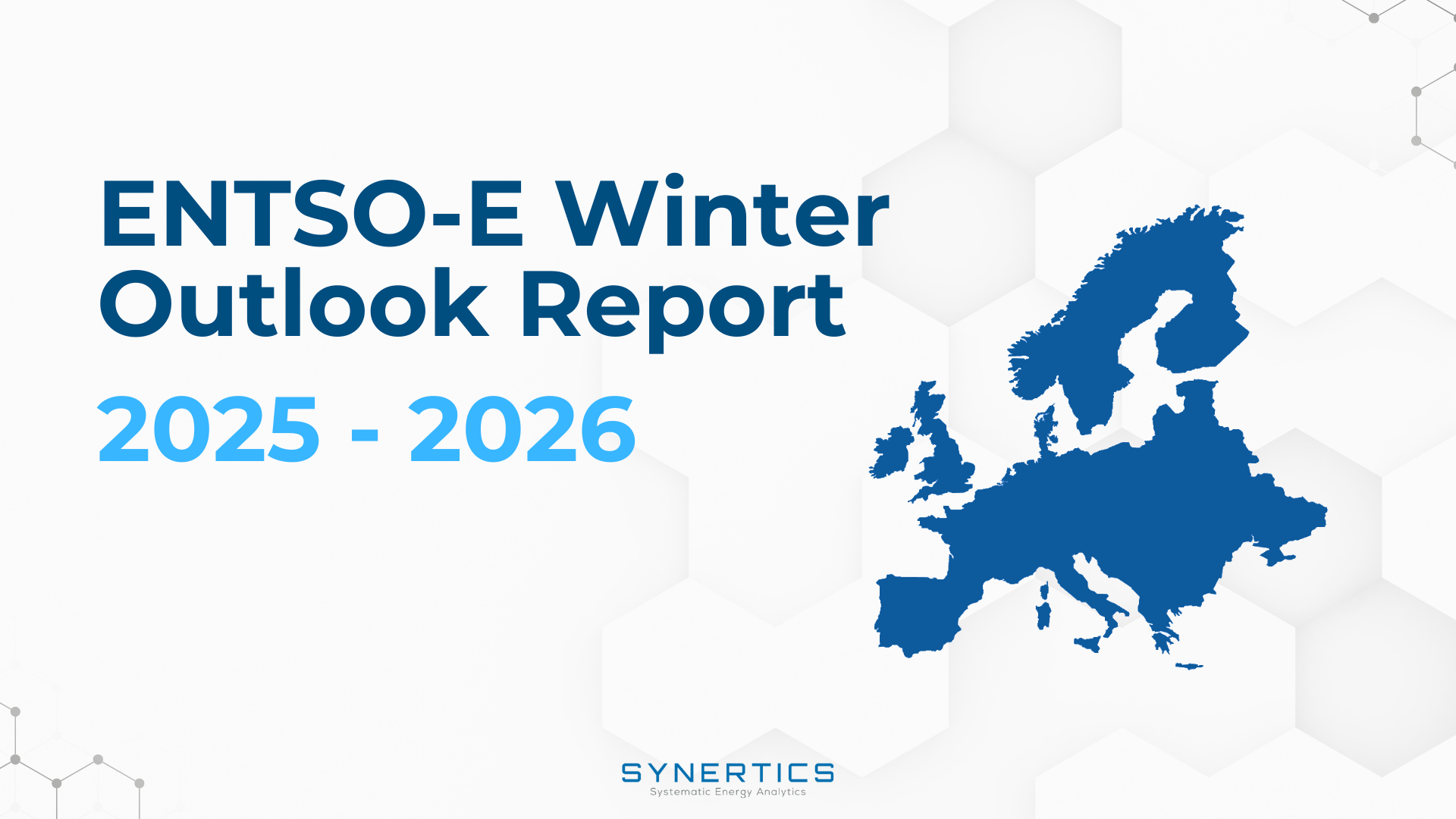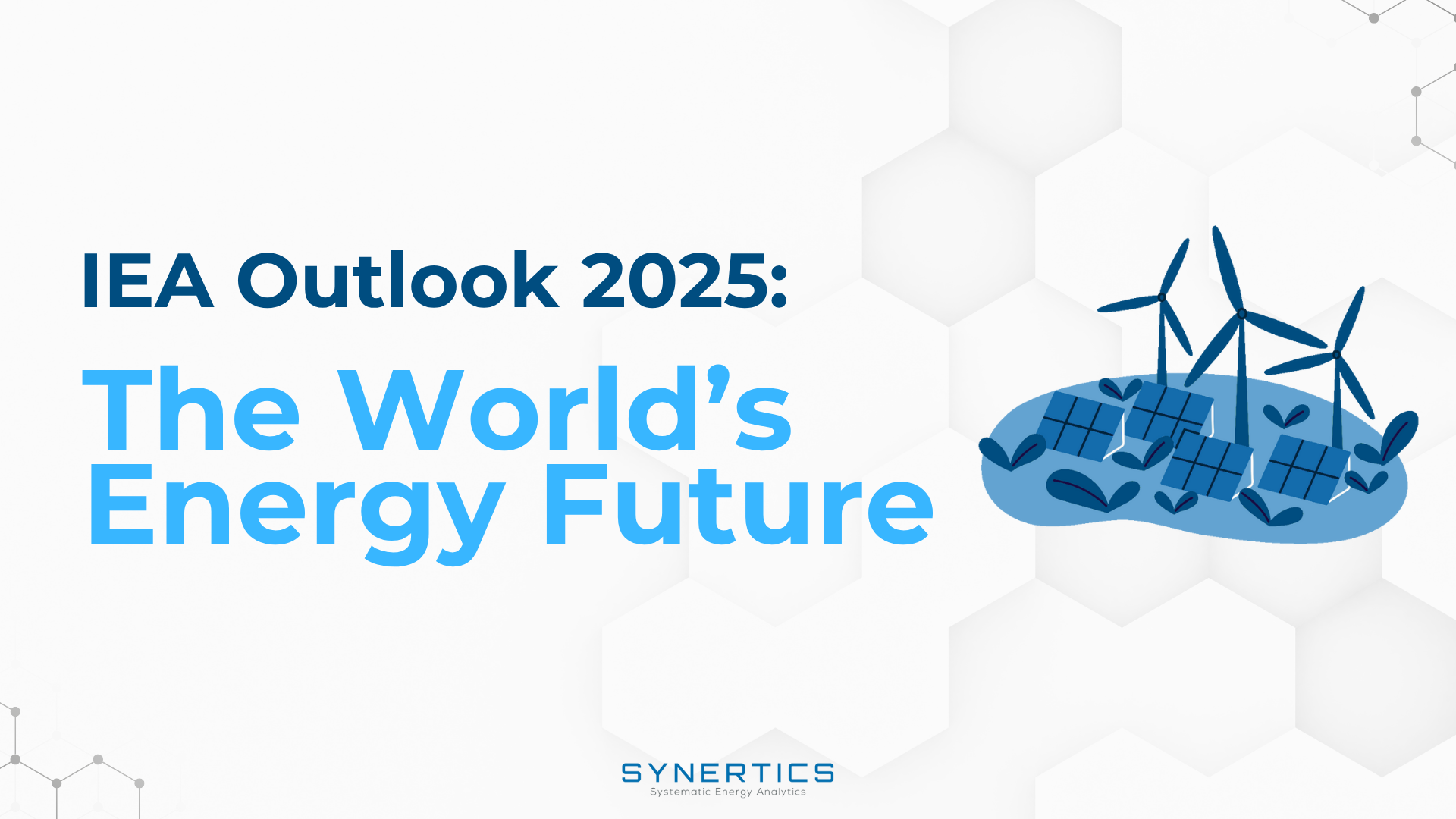Join us on our journey towards renewable energy excellence, where knowledge meets innovation.
A smart solution for efficient energy management.

With increasing energy demands, the need for smarter energy management solutions becomes crucial to ensure the sustainability of electricity markets. One such solution gaining momentum in recent years is Peak Shaving. This technique aims to optimize energy consumption, reduce utility costs, and lessen the strain on the power grid during peak demand periods. In this blog post, we will explore the concept of Peak Shaving, its benefits, and how it plays a crucial role in shaping a more sustainable and efficient energy landscape.
Peak Shaving, also known as Peak-load Shaving, is a demand-side management strategy designed to reduce the maximum amount of electricity a facility consumes during peak times. Peaks generally occur during periods of high energy demand, such as hot summer afternoons when air conditioners are running at full capacity or during extreme weather conditions when heating systems are heavily used.
During peak hours, the power grid often experiences significant stress as it struggles to meet the heightened demand. This can lead to inefficiencies, increased operational costs, and potential risks of blackouts or brownouts. Peak Shaving addresses this issue by actively managing and reducing electricity consumption during these demanding periods, ultimately flattening the demand curve.

The key distinction between Peak Shaving and Load Shifting lies in their objectives and timing. Peak Shaving aims to curtail electricity consumption during periods of highest demand to alleviate stress on the power grid and mitigate peak prices. On the other hand, Load Shifting involves temporarily reducing electricity usage and redirecting it to periods with lower power prices or lower grid demand, without necessarily targeting peak demand periods. Businesses and industries can shift non-critical operations or energy-intensive processes to off-peak hours when the demand and electricity rates are lower. While both strategies enhance demand-side flexibility, Peak Shaving focuses on managing peak loads directly, whereas Load Shifting primarily optimizes electricity usage based on price or grid conditions.
Peak Shaving considers various ways to manage energy consumption effectively. Some of the common methods include:
Earlier this year, the European Commission put forth a revised plan for the EU electricity market design with the aim of elevating the integration of renewables, improving consumer protection, and strengthening industrial competitiveness. The newly proposed "Article 7a," allows EU member states to consider adopting a unique "peak shaving product" in response to the electricity crisis that emerged in late 2022.
The disparities between the Commission proposal and the Council General Approach encompass various aspects, such as whether the procurement of the product should be limited to either the transmission or distribution system operator and whether it can be obtained consistently or solely during an officially declared electricity price crisis.
The peak shaving product enables system operators to obtain a service from consumers without restrictions on consumer types. It is procured a few days before delivery and activated before, during, or after the day-ahead market. Consumers must then reduce their electricity consumption below a baseline, for which they are financially compensated, aiming to enhance demand-side flexibility during peak periods.
Peak Shaving represents a forward-thinking approach to energy management that aligns with the principles of sustainability and efficiency. By actively managing peak demand periods, individuals, businesses, and communities can not only reduce their energy costs but also play a vital role in creating a more resilient and sustainable energy landscape.
Synertics provides advisory services and develops digital data-driven solutions for the energy industry with the purpose of driving productivity and transferring knowledge.

Insights, Market-trends
15th Dec, 2025

Insights
2nd Dec, 2025

Insights
19th Nov, 2025